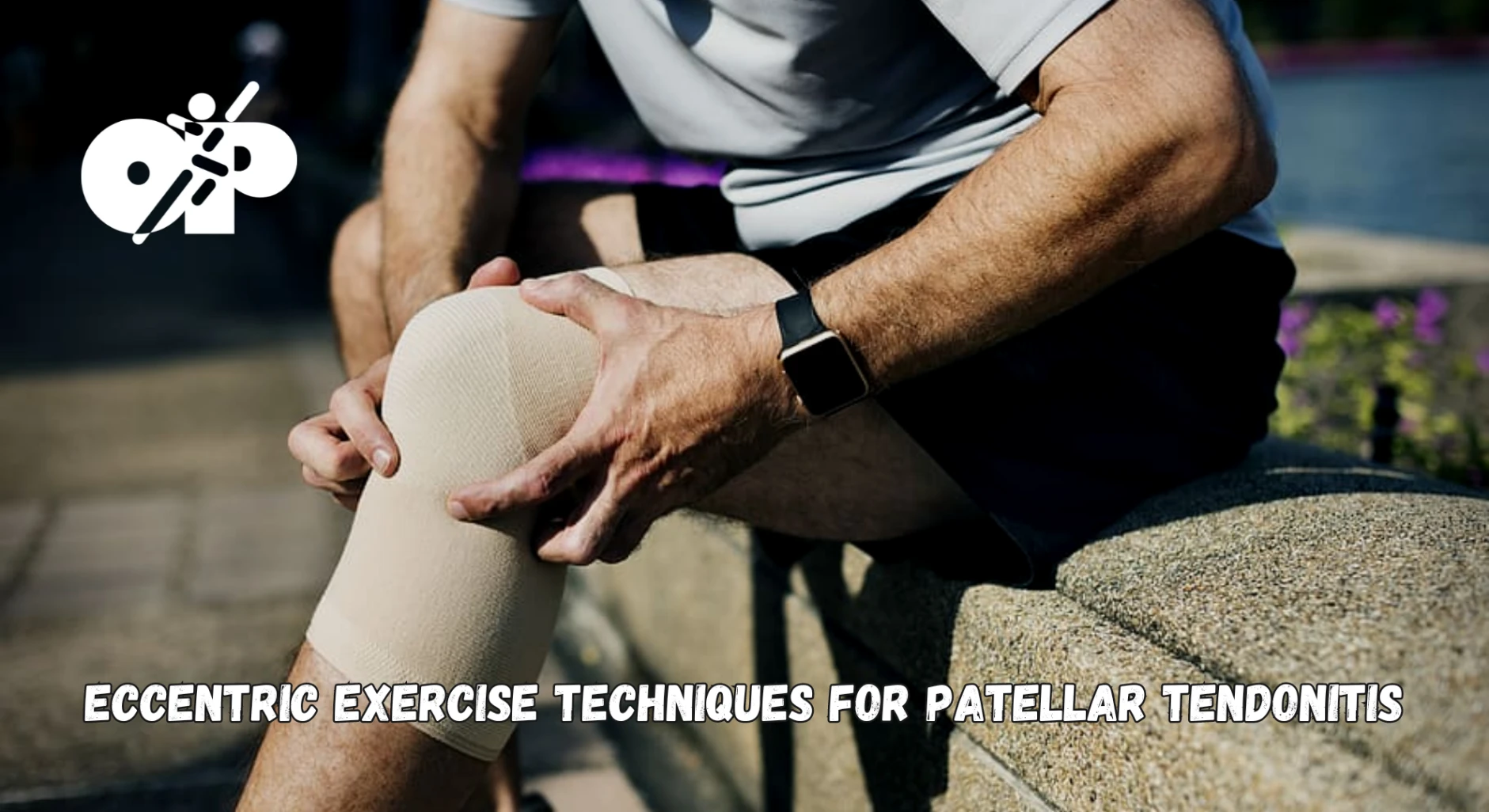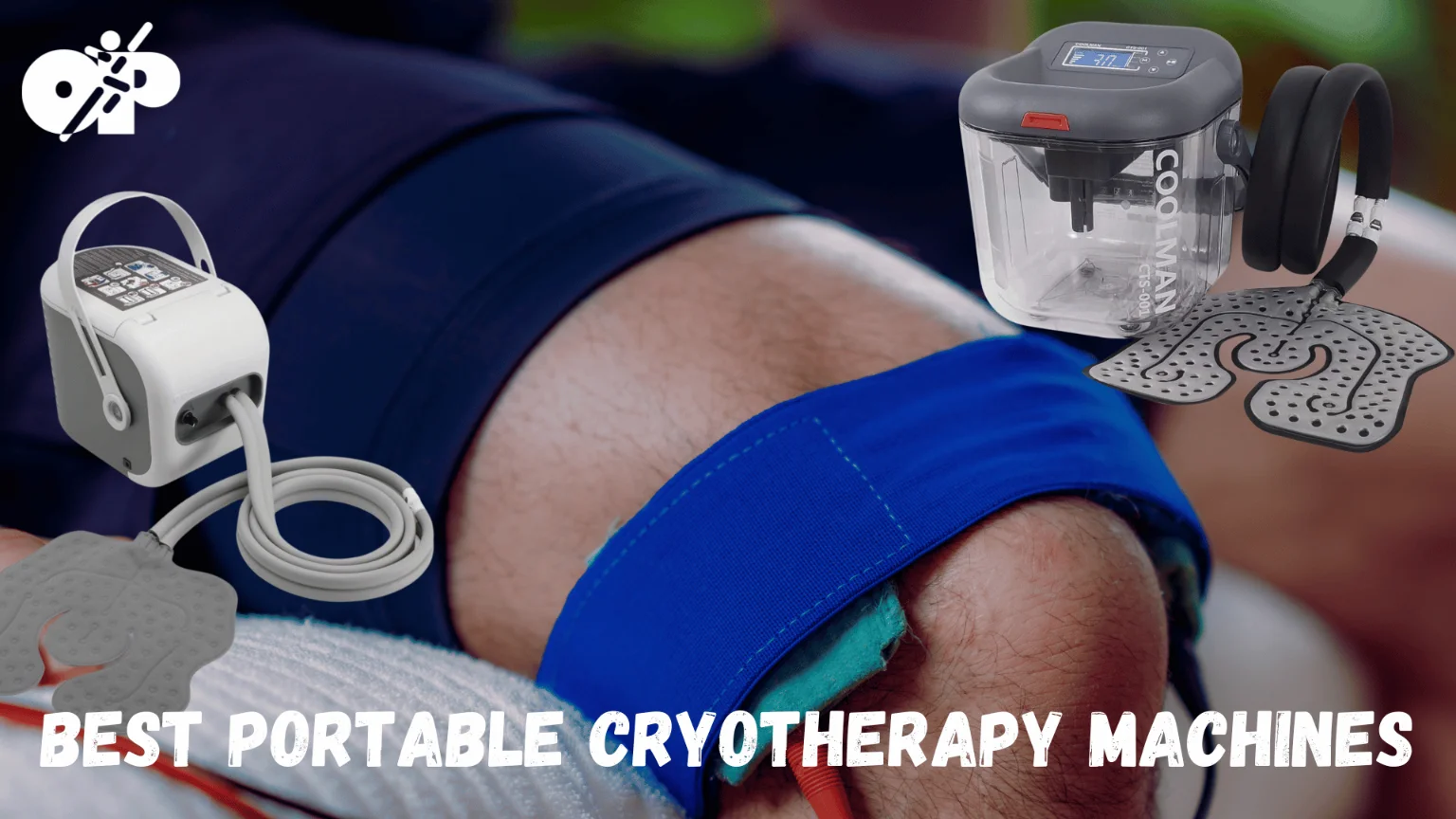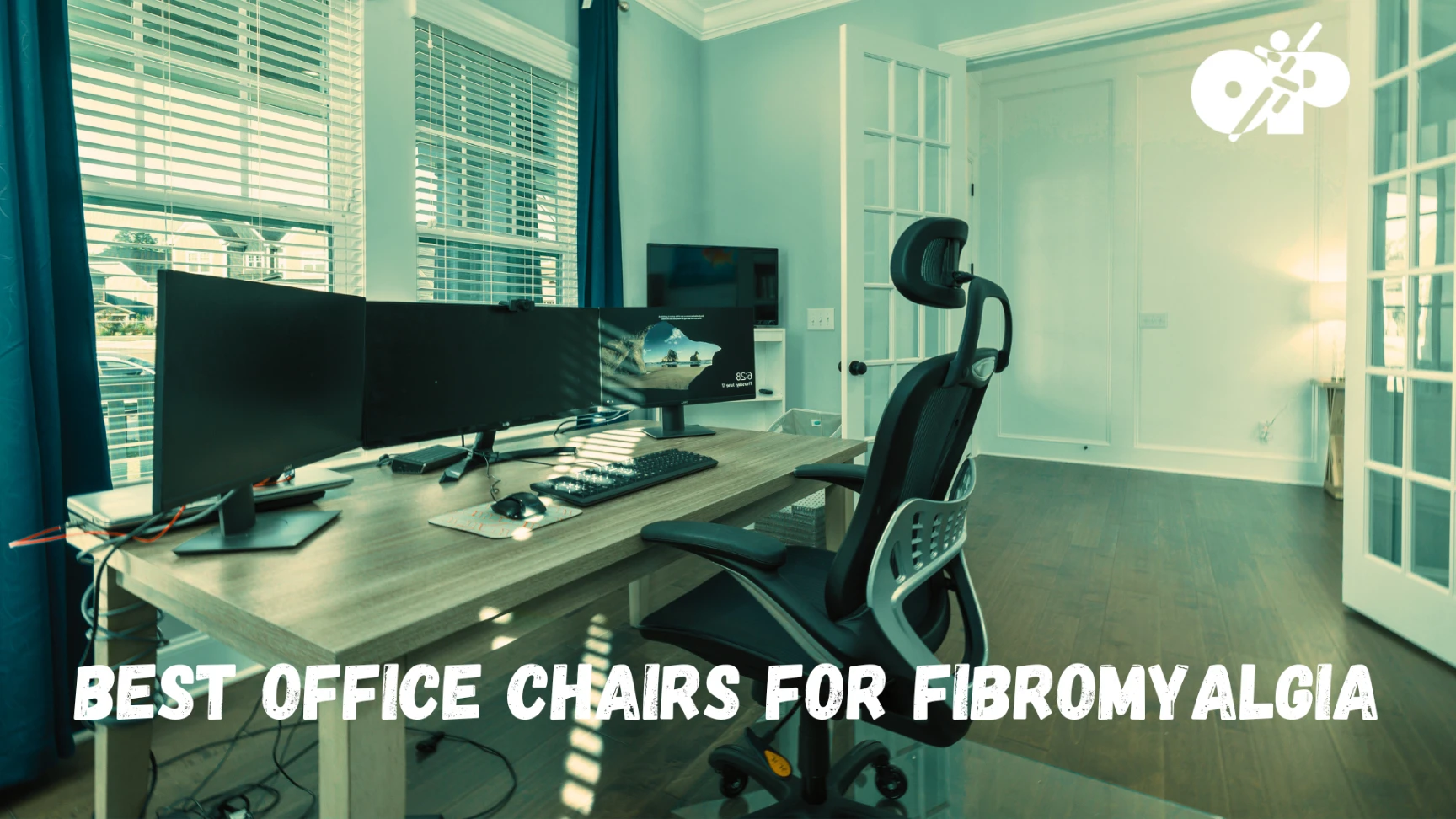Patellar tendonitis, often known as jumper’s knee, is a common injury among athletes and physically active individuals. It occurs when the tendon connecting the kneecap (patella) to the shinbone becomes inflamed and painful. Eccentric exercises, which involve lengthening the muscle under tension, have emerged as an effective treatment option for this condition. This article will explore the nature of eccentric exercises, why they are beneficial for patellar tendonitis, and provide both general and physiotherapy-related insights into this approach.
Understanding Eccentric Exercises
Eccentric exercises are activities that focus on the elongation phase of the muscle contraction. Unlike concentric exercises, where the muscle shortens during contraction, eccentric exercises require the muscle to lengthen while resisting a load. This controlled lengthening creates a unique stress on the muscle and tendon, stimulating adaptive changes that can be particularly beneficial in treating tendon-related disorders like patellar tendonitis.
Benefits of Eccentric Exercises
Eccentric exercises offer several advantages, including:
- Strengthening Tendons and Muscles These exercises can lead to increased tensile strength in the tendons and muscles, improving their ability to handle loads.
- Enhancing Flexibility Regular eccentric training can improve the flexibility and range of motion in the joints.
- Targeted Rehabilitation Eccentric exercises can target specific muscles and tendons, making them a valuable tool for rehabilitation of injuries such as patellar tendonitis.
Application to Patellar Tendonitis
Patellar tendonitis involves inflammation and pain in the tendon connecting the patella to the shinbone. Traditional treatment approaches may include rest, icing, and anti-inflammatory medications, but recent research has highlighted the effectiveness of eccentric exercises in managing this condition.
Mechanism of Action
Eccentric exercises may work on patellar tendonitis by:
- Stimulating Collagen Synthesis These exercises can lead to an increase in collagen production within the tendon, promoting healing.
- Redistributing Stress By strengthening the tendon, eccentric exercises may redistribute stress across a wider area, reducing the strain on the injured part of the tendon.
- Improving Alignment Regular practice can help in realigning the collagen fibers within the tendon, aiding in recovery.
Considerations for Implementation
While the advantages of eccentric exercises in treating patellar tendonitis are apparent, it’s crucial to approach this therapy methodically. It should be tailored to the individual’s specific condition, considering factors like pain level, the stage of the injury, and overall physical fitness. Professional guidance from a physiotherapist or other trained healthcare provider is typically recommended to ensure that the exercises are performed correctly and safely.
Specific Eccentric Exercises for Patellar Tendonitis
Decline Squat
- Execution Details The individual stands on a sloped platform, ensuring that the heels are higher than the toes. By maintaining a straight back and slowly lowering into a squat, the tension focuses on the patellar tendon. The exercise must be done with proper alignment to avoid additional strain.
- Relevance to Patellar Tendonitis This angle specifically targets the patellar tendon, encouraging strengthening without unnecessary stress.
Single-leg Squat
- Execution Details While standing on one leg, the individual lowers into a squat position. This movement must be controlled and aligned to keep the focus on the patellar tendon of the involved leg.
- Relevance to Patellar Tendonitis By isolating one leg, the exercise allows for targeted strengthening of the tendon, facilitating rehabilitation.
Leg Press
- Execution Details Using a leg press machine, emphasis is placed on the lowering phase, taking 3-5 seconds to return to the start. It promotes the controlled resistance necessary for rehabilitation.
- Relevance to Patellar Tendonitis The controlled movement specifically focuses on the patellar tendon, strengthening without undue stress.
Nordic Hamstring Curl
- Execution Details This exercise requires kneeling on the floor with ankles secured by a partner or apparatus. The torso is lowered slowly toward the ground, controlling the movement with the hamstrings.
- Relevance to Patellar Tendonitis Although primarily targeting hamstrings, this exercise adds overall leg stability, complementing the rehabilitation of patellar tendonitis.
Physiotherapy Insights for Eccentric Training
Assessment and Personalized Planning
- Understanding the Injury in Detail A physiotherapist will conduct an extensive evaluation, including physical examination and history taking, to gauge the severity and specifics of the patellar tendonitis.
- Creating Personalized Programs Each individual’s program must be tailored, taking into account factors such as age, activity level, and specific symptoms.
Progressive Loading
- Detailed Gradual Increase Progressive loading refers to the careful and gradual increase in load, repetitions, or difficulty. It’s essential to monitor and adjust this aspect continually to align with the individual’s recovery and prevent setbacks.
- Ongoing Monitoring of Progress Regular re-evaluation ensures that the exercise regimen stays effective and aligned with recovery goals, making necessary adjustments based on progress.
Integrating with Other Therapies
- Building a Complementary Treatment Plan Eccentric exercises are often part of a multifaceted treatment approach. This could include additional therapies like massage, stretching, and other exercises to support overall recovery.
- Emphasizing a Holistic Approach A well-rounded view that considers the patient’s entire lifestyle, including diet, work, and recreational activities, is vital for full recovery. This holistic perspective ensures that the treatment not only addresses symptoms but promotes overall well-being.
Additional Eccentric Exercises for Patellar Tendonitis
Slow Step-Downs
- Execution Details Standing on a step or platform, slowly lower the non-affected leg down to the floor, keeping control with the affected leg. The movement should be slow and controlled, taking 3-5 seconds for each repetition.
- Relevance to Patellar Tendonitis By isolating the affected leg and emphasizing control, this exercise can specifically target the patellar tendon, aiding in recovery and strengthening.
Eccentric Heel Drops
- Execution Details Standing on the edge of a step with only the ball of the foot on the step, lower the heel below the level of the step, then raise it again. This exercise is often performed for Achilles tendonitis but can be adapted to target the patellar tendon.
- Relevance to Patellar Tendonitis This exercise can help improve overall lower leg strength and stability, supporting the rehabilitation of patellar tendonitis.
In-Depth Physiotherapy Approaches
Phases of Rehabilitation
- Initial Phase (Acute Injury) In the early stages of patellar tendonitis, treatment focuses on reducing pain and inflammation. Eccentric exercises would be introduced slowly, with low intensity and careful monitoring.
- Intermediate Phase (Subacute Injury) As pain decreases, more focused eccentric exercises can be introduced. The intensity and complexity of the exercises would gradually increase.
- Advanced Phase (Chronic Management): In later stages, exercises can be further advanced to match the patient’s recovery and prepare for a return to normal activity or sports.
Pain Monitoring and Management
- Understanding Pain Thresholds It is essential to recognize the difference between acceptable discomfort and detrimental pain. Eccentric exercises should be performed within tolerable pain levels to be effective.
- Pain Management Strategies Integrating other pain management techniques like ice, heat, or manual therapy can complement the eccentric exercise regimen, providing a more comfortable recovery experience.
Common Challenges and Solutions
- Challenge Non-compliance with Exercise Regimen
- Solution Educate the patient about the importance of adherence to the exercise regimen. Regular follow-ups and adjustments to the program can keep the patient engaged and compliant.
- Challenge Overloading or Advancing Too Quickly
- Solution Following a carefully planned progression and continually monitoring the patient’s response ensures that the exercises remain within safe limits, minimizing the risk of re-injury.
- Challenge Integrating Eccentric Exercises into Daily Life
- Solution Providing practical guidance on how to integrate exercises into daily routines can make the process more manageable and sustainable for the patient.
Recommended for you:
- What are Periscapular Muscles? Their Essential Role in body
- How long for Achilles Tendonitis to Heal – Recovery Timeline
- What Causes Burning Pain After Achilles Tendon Surgery?
Integration of Technology in Eccentric Exercise Rehabilitation
Utilizing Wearable Technology
With the rise of wearable technology, physiotherapists can monitor a patient’s progress more precisely. Devices that track movement and provide biofeedback allow both therapists and patients to understand the quality and efficiency of exercises. For example, sensors can be attached to the knee to measure the angle and force exerted during eccentric exercises, helping to ensure proper form and intensity.
Virtual Reality and Gamification
Virtual reality (VR) and gamification can make the rehabilitation process more engaging and enjoyable. By transforming exercises into interactive games, patients might be more motivated to participate in their therapy. For instance, a decline squat could be part of a virtual ski simulation, making the exercise more appealing and encouraging adherence to the program.
Tele-Rehabilitation Platforms
The advent of tele-rehabilitation platforms has allowed patients to receive guidance and support from physiotherapists remotely. This means that even if a patient cannot visit the clinic, they can still perform their eccentric exercises under professional supervision. These platforms often include video consultations, exercise libraries, and progress tracking, providing a comprehensive support system for patients undergoing rehabilitation for patellar tendonitis.
Considerations for Special Populations in Eccentric Exercise Therapy
Elderly Patients
The approach to eccentric exercises must be modified when working with elderly patients, who may have reduced muscle mass and strength. A gentler introduction to the exercises, with more significant focus on balance and coordination, might be needed. Special consideration to individualized assessment and careful monitoring helps in tailoring a program that suits their unique needs without risking further injury.
Athletes and High-Performance Individuals
Athletes or individuals involved in high-performance activities require a different approach. Their rehabilitation must not only address the injury but also prepare them to return to their specific sport or activity. This may mean incorporating sport-specific eccentric exercises and working closely with coaches or trainers to ensure a smooth transition back to full performance.
Patients with Multiple Comorbidities
Interactions Between Patellar Tendonitis and Other Health Conditions
Arthritis
- Nature of Interaction Arthritis, especially osteoarthritis of the knee, may coexist with patellar tendonitis. Both conditions can cause knee pain and reduced joint function.
Implications for Eccentric Exercise Therapy
Patients with arthritis may have joint stiffness, which could limit the range of motion during eccentric exercises.
Inflammation from arthritis might be exacerbated by excessive exercise.
Modifying the intensity, frequency, and duration of exercises is often required.
Cardiovascular Disease (CVD)
- Nature of Interaction Individuals with CVD may have exercise limitations due to reduced cardiac output, risk of arrhythmias, or other cardiovascular complications.
Implications for Eccentric Exercise Therapy
Cardiovascular stress might arise from eccentric exercises, so monitoring heart rate and blood pressure is essential.
Activities should be tailored to ensure they are not too strenuous for those with CVD.
Collaboration with Healthcare Providers
- Integrated Care Approach For patients with multiple health issues, integrating care from different specialties ensures a holistic approach. This could mean collaboration between orthopedic specialists, rheumatologists, cardiologists, and physical therapists.
- Shared Medical Records Having a unified medical record system can help in keeping track of patient progress, medication, and any contraindications to specific therapies or exercises.
- Regular Communication Regular meetings or communication channels (e.g., emails, online platforms) should be set up among healthcare providers to discuss the patient’s progress and any necessary adjustments to the treatment plan.
- Patient Education: Ensuring that the patient understands the interplay between their conditions and the importance of adhering to guidelines can result in better outcomes. This might involve joint sessions with different specialists or educational materials tailored to the patient’s needs.
Patellar Tendonitis Exercises – Conclusion
Patellar tendonitis, a common yet debilitating condition, has found an innovative and effective ally in the form of eccentric exercises. Throughout this comprehensive exploration, we’ve delved into various aspects of employing these exercises, from understanding the specific techniques to the role of physiotherapy in guiding and enhancing the rehabilitation process.
We’ve explored the science behind eccentric exercises, their unique ability to target the patellar tendon, and the precise methodologies in executing each exercise. The nuanced physiotherapy approaches have been laid out, highlighting the importance of individualized planning, progressive loading, monitoring, and integration with other therapies.
The article also shed light on modern advancements like the integration of technology in rehabilitation and special considerations for distinct populations such as the elderly, athletes, and individuals with comorbidities. These insights add layers of complexity and opportunity to the already multifaceted field of eccentric exercises in treating patellar tendonitis.
In concluding, it becomes evident that eccentric exercises offer a promising pathway for those grappling with patellar tendonitis. They represent a conjunction of science, art, and empathy, combining physiological principles with individualized care and modern technology.
The success of this approach does not solely lie in the exercises themselves but in the understanding, precision, creativity, and compassion with which they are applied. Healthcare professionals and patients alike can benefit from this rich tapestry of insights, forging a path towards recovery, wellness, and a return to an active and fulfilling life.
With continuous research, collaboration, and innovation, eccentric exercises will likely continue to evolve, providing even more effective solutions for patellar tendonitis and possibly extending their benefits to other physical conditions and ailments. The future is promising, and the path is clear for those willing to explore and embrace these unique and powerful tools for healing.





